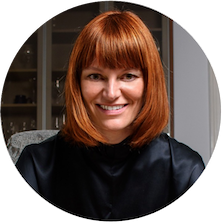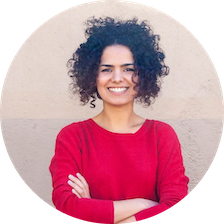Project description

Specter[al]s of Nature is an artwork informed by scientific earth observation research on surface water changes. It is the result of speculative cartography inspired by the time maps in the Atlas of Global Surface Water Dynamics, which progresses into 3D water beings with ghostly margins and uncertain boundaries. Rather than being determined solely by the topography and depth of water bodies, Specters of Nature emphasizes the role of time as a third dimension, illustrating how human activities have irreversibly altered these ecosystems. Its primary objective is to stimulate critical thinking about our limited understanding of time and space, which often results in our disconnection from nature and actions that are detrimental to the environment. This project envisions a post-anthropogenic and decolonialized cartography, imaginatively addressing the expansive electromagnetic visual spectrum offered by remote sensing technology and its capacity for long-term documentation. Through the creative amalgamation of composite imagery derived from satellite technology, it presents a vivid depiction of a dynamic, living cartography that encompasses both human and nonhuman ways of seeing. Simultaneously, it compresses temporal changes spanning over four decades, providing a thought-provoking representation of the evolving landscape. In essence, Specter[al]s of Nature invites us to contemplate the intricate relationship between humanity, nature, and time, transcending conventional boundaries and inspiring us to reimagine our ways of mapping the world within the evolving tapestry of existence.
Specter[al]s of Nature website.
Meet the Team
Ingrid Mayrhofer-Hufnagl is an intradisciplinary artist, architect, and researcher from Austria. Alan Belward is head of the Food Security Unit in the Directorate for Sustainable Resources in the JRC. Elahe Rajabiani is a designer at the EU Policy lab. Luca De Felice is a geo-spatial data scientist responsible for the development and update of the Global Surface Water Explorer (GSWE) in the Knowledge for Sustainable Development & Food Security Unit at the JRC. Their ongoing collaboration is the result of successful connection at the 2022 SciArt Summer School.
What drives this project?
What's been driving us now is thinking of which story are we going to tell? Because there are so many, that's the thing that now with this idea of representing change of movement of water over time. And the fact that land becomes water, water becomes land. Water is constantly shifting. Which story do we tell? Do we tell the disasters? Do we tell the economic catastrophe? Do we tell the social catastrophe of people migrating from the Hamun wetlands? Do we tell the environmental catastrophe of creating a new dam somewhere and flooding all the land? Which stories do we tell?

Alan Belward, Researcher
I hope that we are able to create an empathy for the river bodies. and a certain emotional feeling. So that then people start to think and probably even go and research and listen to the different stories. To the many different stories and different aspects.

Ingrid Mayrhofer-Hufnagl, Artist & architect


